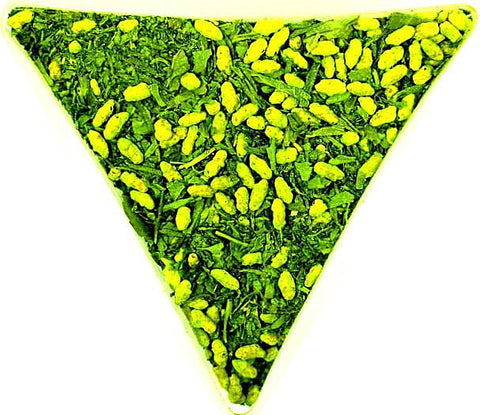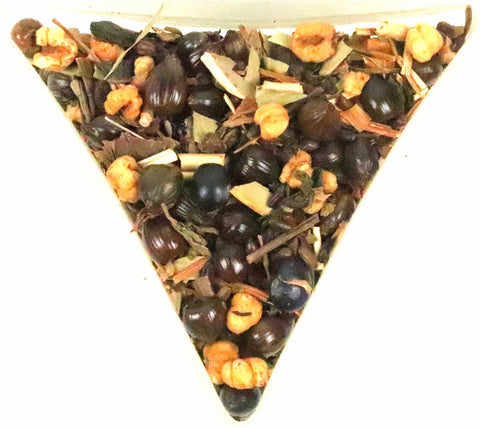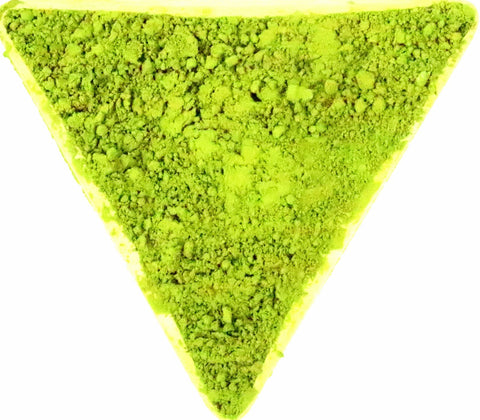Japanese Tea
Gyokuro Precious Dew teas are considered to be the highest quality resulting from tea leaves grown in heavy shade. The Gyokuro tea tends to only come out on high days and feast days; treat yourself and make today a special day.
The amount of shade dictates the 'balance' of the tea; the more shade the greater amount of umami and the less bitterness.
Japanese tea production uses steam to stop fermentation and this is what makes for the distinctive colour and astringency.
Japanese Tea is always made with hot not boiling water and given a short steep time.
Japan is famous for its Japanese Tea Ceremony, which uses high quality, powdered leaves to make a thick drink called Matcha, the ceremony can last up to four hours.
Due to constant growth in the domestic market, Japan is one of the few tea-producing countries which has to import tea.





